Quiz Nature
Last Updated:
IMPROVE YOUR KNOWLEDGE WITH OUR NATURE QUIZ
Are you a nature enthusiast? We offer a collection of nature quizzes to test your knowledge on various topics, such as animals, plants, ecosystems, climate, etc.
Our nature quizzes are a fun and informative way to learn more about the natural world around us. With our selection of questions on different topics, you can test your knowledge about nature and biodiversity. Do you know the animals that live in tropical forests? Can you identify the different species of birds? Can you name the different geological formations? Our nature quizzes are here to help you answer these questions and expand your knowledge of nature.
Our nature quizzes will help you discover new animals and plants, and learn about the world’s most important ecosystems. Nature quizzes are a fun way to reinforce your knowledge and discover the beauty and complexity of nature. So if you are a nature enthusiast or just curious, come test your knowledge with our nature quizzes.
nature
/ 10
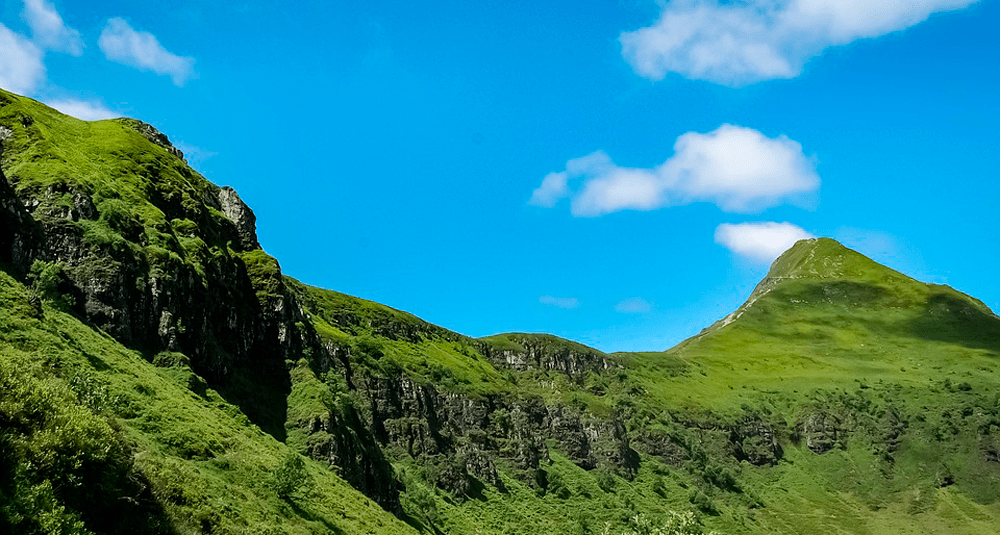
What is the largest volcano in Europe?
1Cantal
2Vosges

🙌 Good answer
The largest volcano in Europe is the Cantal with 2 700 km2 and 70 km in diameter.
Next question

😞 Wrong answer
The largest volcano in Europe is the Cantal with 2 700 km2 and 70 km in diameter.
Next question
nature
/ 10
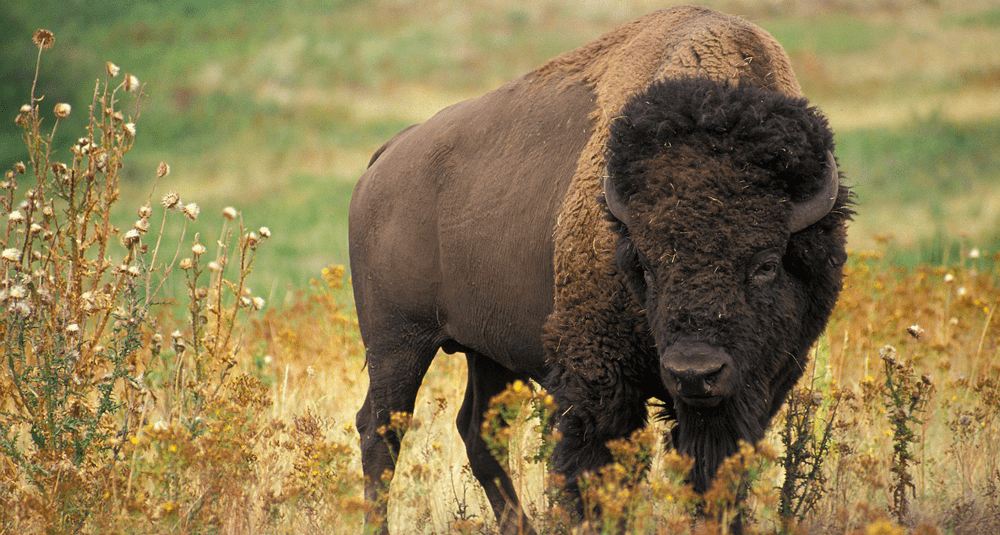
How many species of bison exist?
12
23

🙌 Good answer
Bison are a genus of large ruminant cattle of which there are two living species: the European bison and the North American bison.
Next question

😞 Wrong answer
Bison are a genus of large ruminant cattle of which there are two living species: the European bison and the North American bison.
Next question
nature
/ 10
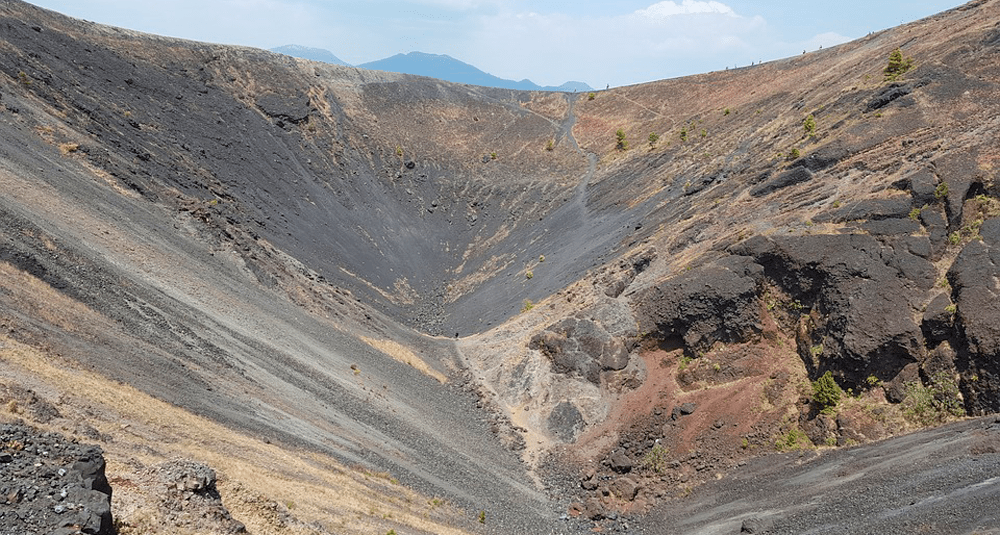
What is the youngest volcano?
2Ardoukoba
1Paricutín

🙌 Good answer
The youngest volcano is Ardoukoba with a first eruption in November 1978 while Paricutín had its first eruption in 1943.
Next question

😞 Wrong answer
The youngest volcano is Ardoukoba with a first eruption in November 1978 while Paricutín had its first eruption in 1943.
Next question
nature
/ 10
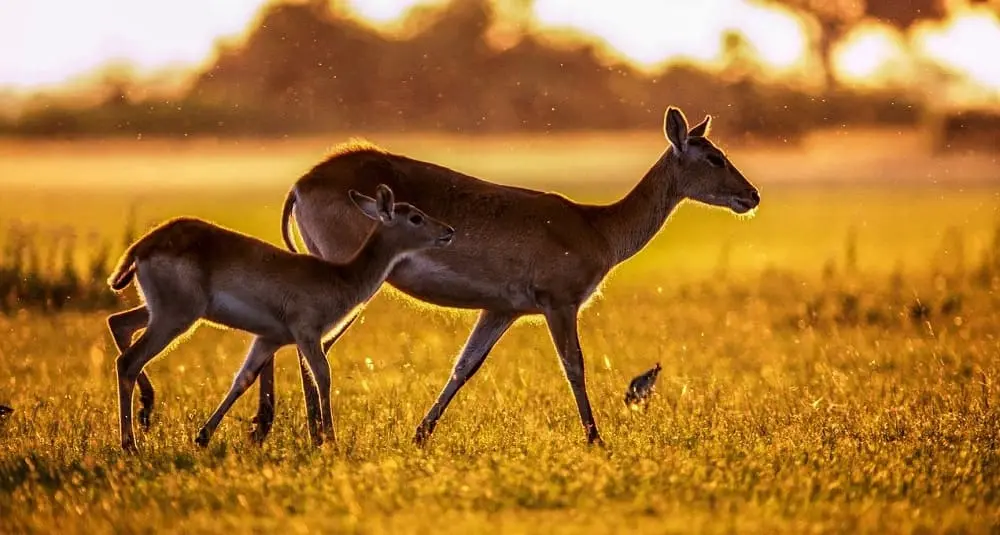
What is the smallest antelope in the world?
2Dik-dik
1Common eland

🙌 Good answer
The smallest antelope in the world is the dik-dik, a small antelope that lives in East Africa. It measures between 30 and 40 cm and weighs between 3 and 6 kg.
Next question

😞 Wrong answer
The smallest antelope in the world is the dik-dik, a small antelope that lives in East Africa. It measures between 30 and 40 cm and weighs between 3 and 6 kg.
Next question
nature
/ 10
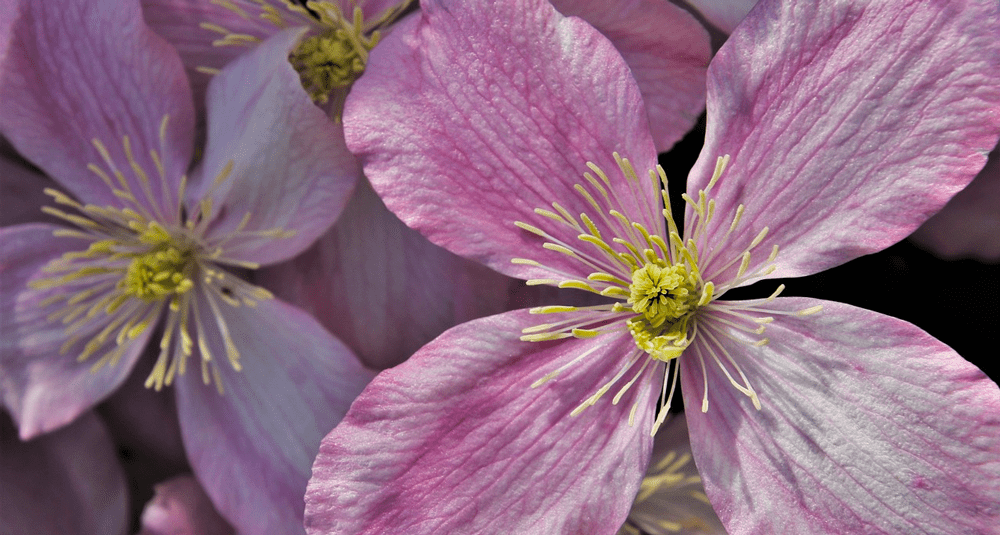
Are clematis climbing plants?
1Yes
2No

🙌 Good answer
Yes, clematis are climbing plants. They use their flexible stems and tendrils to cling to supports and climb.
Next question

😞 Wrong answer
Yes, clematis are climbing plants. They use their flexible stems and tendrils to cling to supports and climb.
Next question
nature
/ 10
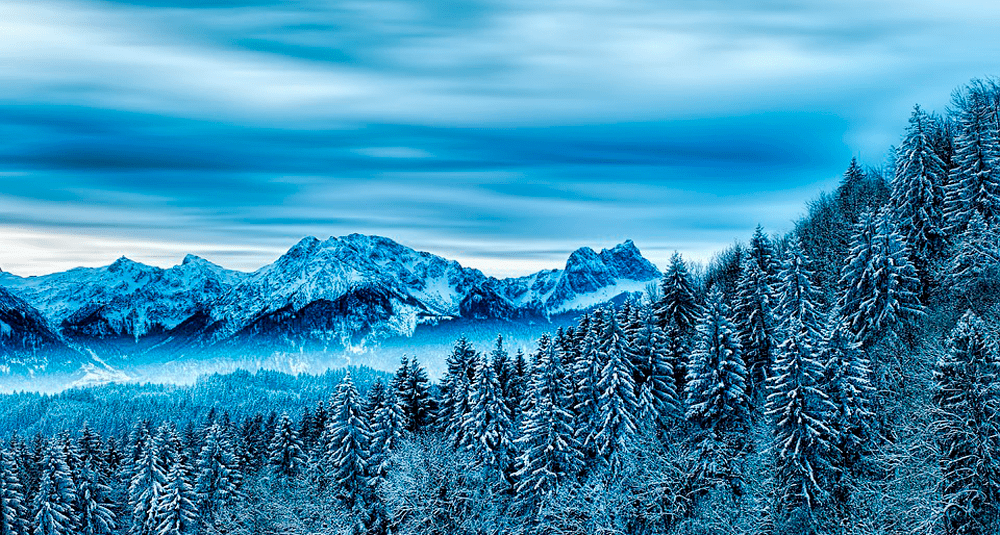
What conifer loses its thorns in winter?
2Larch
1Cypress

🙌 Good answer
The larch is a deciduous conifer that sheds its needles in autumn, unlike most evergreen trees.
Next question

😞 Wrong answer
The larch is a deciduous conifer that sheds its needles in autumn, unlike most evergreen trees.
Next question
nature
/ 10
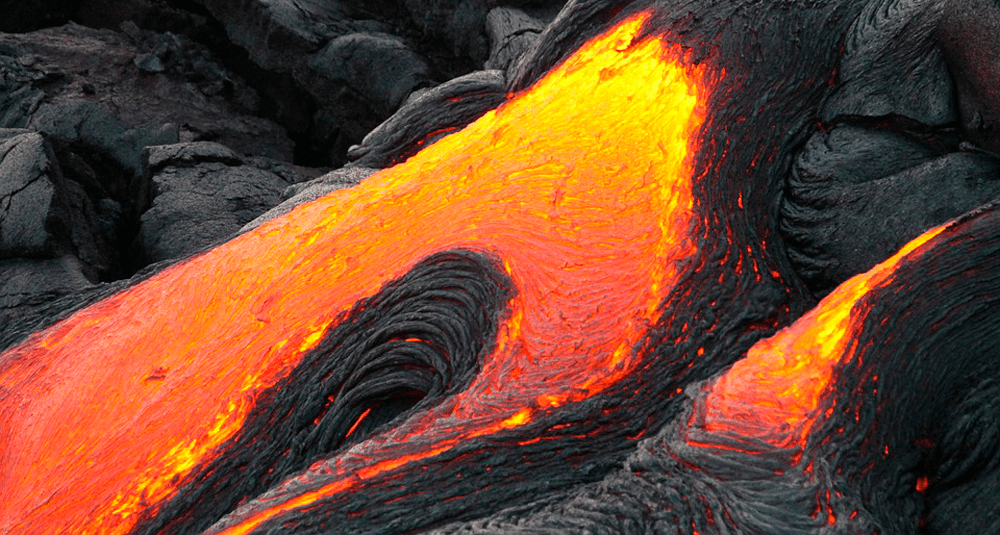
What is the longest lava flow?
2Undara
1Ambrym

🙌 Good answer
The longest lava flow is in Undara, Australia with a length of 160 kilometres.
Next question

😞 Wrong answer
The longest lava flow is in Undara, Australia with a length of 160 kilometres.
Next question
nature
/ 10

When was the Rio Convention signed?
11992
22002

🙌 Good answer
The Convention on Biological Diversity (CBD) is an international treaty adopted at the Earth Summit in Rio de Janeiro in 1992.
Next question

😞 Wrong answer
The Convention on Biological Diversity (CBD) is an international treaty adopted at the Earth Summit in Rio de Janeiro in 1992.
Next question
nature
/ 10
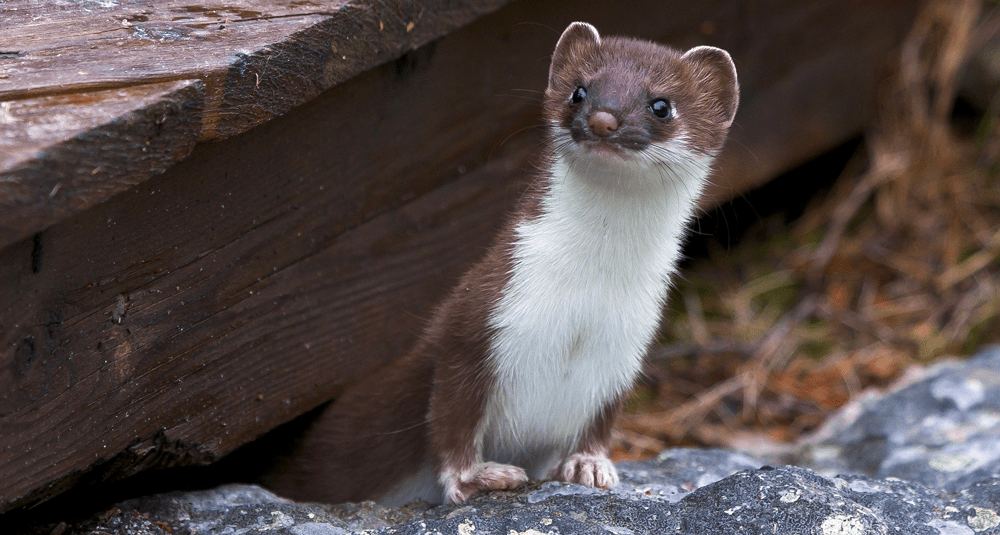
What physiological characteristic differentiates the weasel from the ermine?
1Tail
2Ears

🙌 Good answer
The main physiological difference between weasels and ermine is their winter coat. The ermine becomes entirely white, except for the tip of its tail, which remains black, while the weasel retains its brown coat.
Next question

😞 Wrong answer
The main physiological difference between weasels and ermine is their winter coat. The ermine becomes entirely white, except for the tip of its tail, which remains black, while the weasel retains its brown coat.
Next question
nature
/ 10
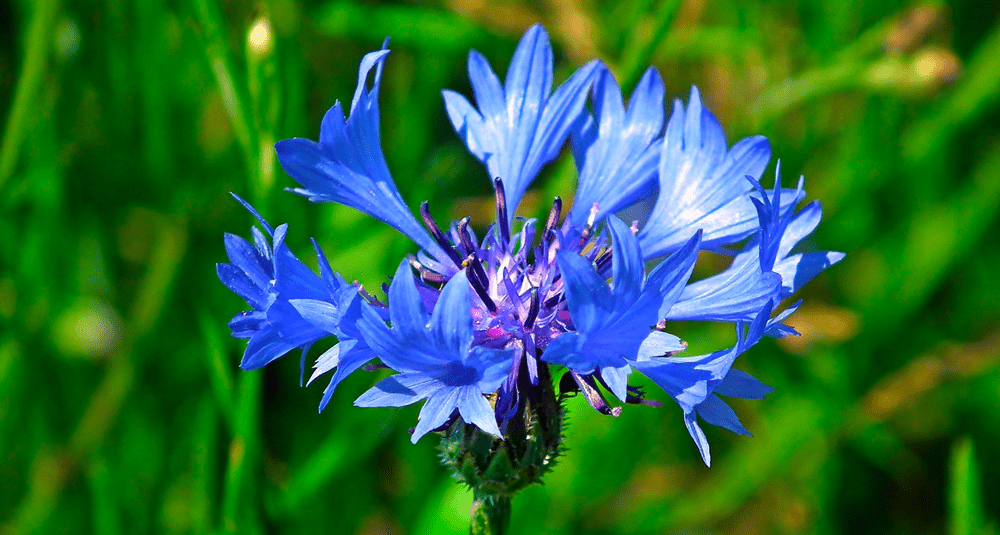
Why is the cornflower also called the glasses breaker?
1Its medicinal use
2Its culinary use

🙌 Good answer
Cornflowers are known as glasses breaker because of their medicinal properties. In the past, its flowers were thought to improve vision, hence its nickname.
Next question

😞 Wrong answer
Cornflowers are known as glasses breaker because of their medicinal properties. In the past, its flowers were thought to improve vision, hence its nickname.
Next question



